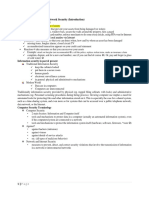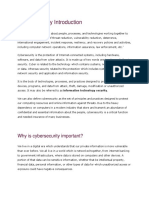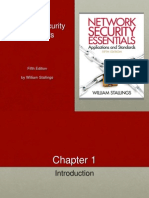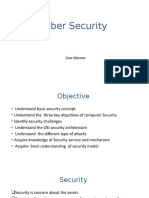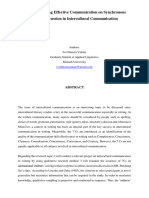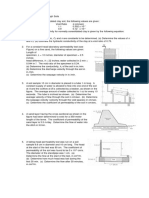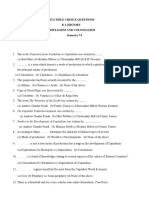0% found this document useful (0 votes)
7 views34 pagesLecture 1 Basic Security Concepts
The document outlines basic security concepts in computer and network security, focusing on the principles of Confidentiality, Integrity, and Availability (C.I.A). It discusses various tools and techniques for ensuring security, such as encryption, access control, and authentication, as well as threats and attacks that can compromise these principles. Additionally, it presents ten security principles that guide the design and implementation of secure systems.
Uploaded by
Captain ObviousCopyright
© © All Rights Reserved
We take content rights seriously. If you suspect this is your content, claim it here.
Available Formats
Download as PDF, TXT or read online on Scribd
0% found this document useful (0 votes)
7 views34 pagesLecture 1 Basic Security Concepts
The document outlines basic security concepts in computer and network security, focusing on the principles of Confidentiality, Integrity, and Availability (C.I.A). It discusses various tools and techniques for ensuring security, such as encryption, access control, and authentication, as well as threats and attacks that can compromise these principles. Additionally, it presents ten security principles that guide the design and implementation of secure systems.
Uploaded by
Captain ObviousCopyright
© © All Rights Reserved
We take content rights seriously. If you suspect this is your content, claim it here.
Available Formats
Download as PDF, TXT or read online on Scribd
/ 34















